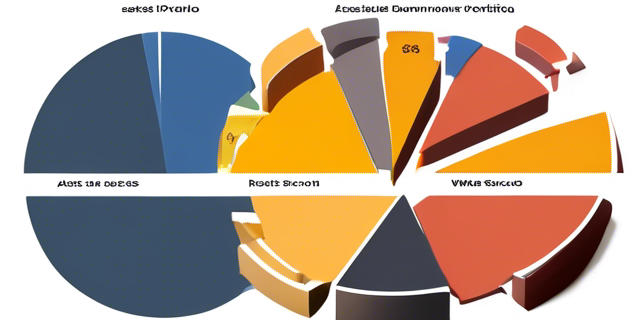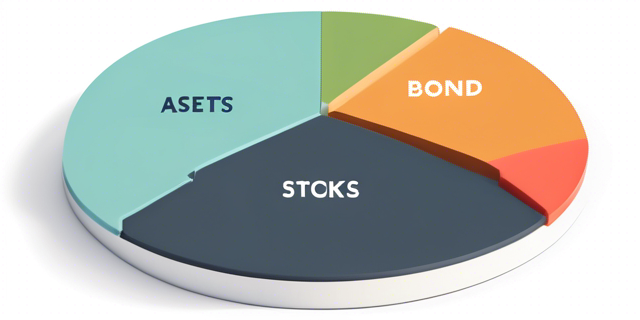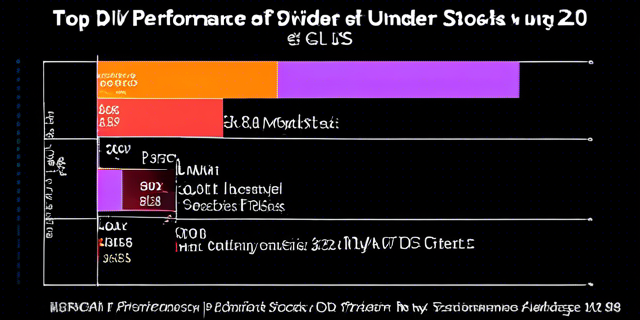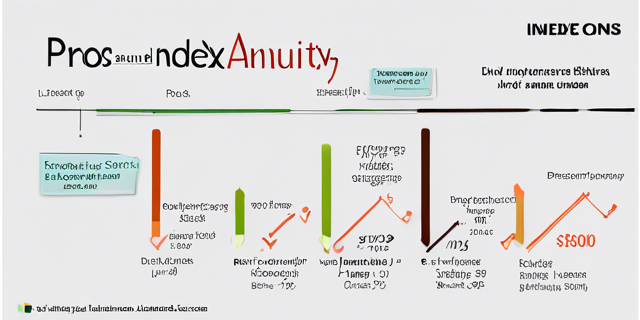Asset Allocation Models for Passive Income Portfolios
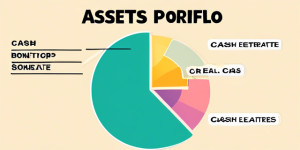
Asset Allocation Models for Passive Income Portfolios
Building a passive income portfolio takes careful planning and asset allocation. Choosing the right mix of assets to generate consistent cash flow without much active management is crucial. This allows an investor to meet their income needs while preserving capital over the long run. There are several proven asset allocation models that can aid in constructing effective passive income portfolios.
The Classic 60/40 Stock/Bond Portfolio
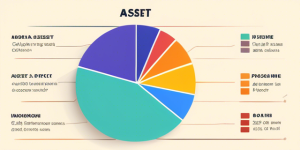
Asset Allocation Models for Passive Income Portfolios
One of the most well-known portfolio models is the 60/40 stock/bond allocation. This approach entails holding 60% in stocks and 40% in bonds. The equity portion aims to provide strong capital appreciation over time while the fixed-income portion provides steady income and stability. This balanced approach moderates risk while still allowing for portfolio growth.
Some examples of assets for the stock portion include dividend stocks, equity index funds, and REITs. The bond portion can hold investment-grade corporate, municipal, and government bonds along with bond index mutual funds and ETFs. The 60/40 split can be adjusted based on an investor’s risk tolerance.
Allocating to Alternative Income-Producing Assets
Beyond traditional stocks and bonds, some alternative assets can also generate consistent passive income streams:
Peer-to-Peer Lending
Peer-to-peer lending (P2P) platforms allow investors to lend money to borrowers while earning interest. Returns may range from 5-15% based on the loan risk level. Top P2P lending platforms make the process easy by aggregating loans and automating payments.
High-Yield Savings Accounts
Today’s top high-yield savings accounts offer over 2% APY with no minimum balance requirements. This provides a steady low-risk income stream from cash reserves. Compared to regular savings accounts earning 0.06%, high-yield accounts can generate substantially more income.
Certificates of Deposit (CDs)
CDs act like term-based savings accounts, locking away funds for 6 months to 5 years at fixed interest rates. The best CD rates today exceed 3% APY. Over a 5-year term, a $10,000 CD could generate over $1,500 in passive income. The rate is set when the CD is opened, guaranteeing returns irrespective of rate shifts.
Investing in Real Estate
Both direct real estate investing and indirect options like REITs can provide strong cash flows. REITs make it easy to gain diversified real estate exposure without becoming a landlord. Many REITs pay above-average dividends, offering another means of portfolio income generation.
Classic Asset Allocation Models
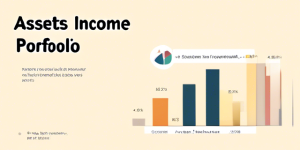
Asset Allocation Models for Passive Income Portfolios
Academic research and financial advisors have developed standard asset allocation models that recommend optimal portfolio mixes based on an investor’s goals and risk tolerance:
The 60% Stocks, 30% Bonds, 10% Cash+ Model
This model takes a slightly more conservative approach compared to the 60/40 portfolio. It reduces the bond allocation by 10% and adds a 10% cash or cash alternative allocation. The cash segment provides dry powder to buy assets during market corrections without needing to sell anything. Short-term instruments like money market funds can go into the cash allocation. An emergency fund savings account could also fulfill this segment.
The 70% Stocks, 20% Bonds, 5% Cash, 5% Alternative Assets Model
This model shrinks the cash position to 5% while adding a 5% allocation to alternates like commodities, private equity, or precious metals. These assets behave differently than stocks and bonds, providing diversification benefits. Many advise holding at least a small portion in hard assets like gold or silver as a hedge.
The 80% Stocks, 15% Bonds, 5% Cash Model
This model ratchets up equity exposure to 80%, lowering bonds to 15%. With less money going to low-return fixed income assets, this allows for heavier investment in the higher-return stock market. The downside is higher short-term volatility. This aggressive model best suits younger investors with long time horizons to ride out market swings.
Optimizing Asset Location for Taxable vs. Tax-Advantaged Accounts
Asset location matters for portfolio returns. Taxable accounts should emphasize the most tax-efficient assets while tax-deferred accounts can hold anything:
Taxable Account Assets
- Tax-Efficient Equity Index Funds
- Municipal Bonds
- Tax-Managed Equity Funds
- Stocks with Low/No Dividends
- Growth Stocks
Tax-Deferred Account Assets
- Bonds
- REITs
- High Dividend Stocks
- Actively Managed Mutual Funds
- Alternatives like commodities
This allocation strategy maximizes after-tax returns by taking advantage of tax savings where possible.
Passive Income Portfolio Models
Some asset allocation approaches explicitly optimize for passive, ongoing income generation in addition to capital growth:
The Dividend Portfolio
This model focuses solely on dividend stocks and equity funds, holding little or no bonds/cash. Blue chip stocks with safe dividends get emphasized along with alternatives like REITs and preferred shares. Income stems exclusively from recurring dividends rather than asset sales.
The Income Bucket Strategy
This approach creates an income portfolio bucket to fund near-term spending needs alongside a growth portfolio bucket for longer-term goals. Assets funding lifestyle expenses in early retirement go into the income bucket. This generates cash flows for the next 5-10 years while the growth portfolio has more time to ride out volatility.
The Perpetual Withdrawal Strategy
This model funds retirement spending from portfolio appreciation rather than dividends/interest. It sets an initial safe withdrawal amount from the total portfolio value each year, indexing that amount to inflation going forward. This flexible approach accommodates volatile returns but requires reasonable withdrawal rates.
Key Considerations When Constructing Passive Income Portfolios
A few important factors to weigh:
- Time horizon – Growth vs. income tilt
- Risk tolerance – Conservative to aggressive options
- Tax implications – Taxable vs. tax-deferred accounts
- Income needs – Near term vs. longer term
- Total return – Capital appreciation and income
- Costs and fees – Low-cost passive vehicles
- Rebalancing methodology – Maintain target allocations
Conclusion
Achieving true passive income requires advanced planning in portfolio construction. The right asset mix can generate cash flows without needing excessive investor involvement after the initial set up. Allocation models help guide this process based on an investor’s specific needs and constraints. Finding the ideal balance of income consistency, capital preservation, and total return is key for funding expenses and achieving financial independence over time. Evaluating all options through a passive income lens leads to portfolios designed to produce effortless cash flows for the long run.
FAQs
What is the best asset allocation for passive income?
There is no single best asset allocation for passive income suitable for every investor. The ideal mix depends on specific goals, timelines, risk tolerance, and income needs. However, focusing more on dividend stocks, bonds, peer lending, REITs, and cash alternatives tends to optimize portfolios for passive cash flow generation.
How much income can a $500,000 portfolio generate?
A balanced, diversified $500,000 portfolio could realistically generate $20,000 to $30,000 per year in passive income through dividends, interest, capital gains distributions, and other tax-efficient means. This represents a 4-6% yield, aligning with the total returns of the broader stock and bond markets long-term.
What percentage of a retirement portfolio should be in bonds vs stocks?
**A good starting point is allocating 60% to stocks and 40% to bonds, adjusting based on age and risk tolerance. Younger investors may allocate up to 80% to stocks while older retirees may shift to 50/50 or 40/60 stock/
What are some good stocks for passive income?
Some good stocks for passive income include blue chip dividend aristocrats and kings with long histories of dividend growth like Coca-Cola (KO), Johnson & Johnson (JNJ), Procter & Gamble (PG), and 3M (MMM). Utility stocks like NextEra Energy (NEE) also provide consistent dividend income.
What ETFs are best for passive income?
Some top ETFs for passive income include Vanguard High Dividend Yield ETF (VYM), Schwab US Dividend Equity ETF (SCHD), Global X SuperDividend ETF (SDIV), and iShares Preferred and Income Securities ETF (PFF). Targeted dividend, covered call, and preferred share funds can offer higher yields.
Which withdraw rate is safest for passive income portfolios?
Financial advisors often recommend capping perpetual portfolio withdrawal rates at 3-4% adjusted for inflation annually in order to preserve capital over decades. This safe rate works for broad diversified stock/bond portfolios. More conservative portfolios limited to income stocks and bonds can support higher withdrawal rates.

